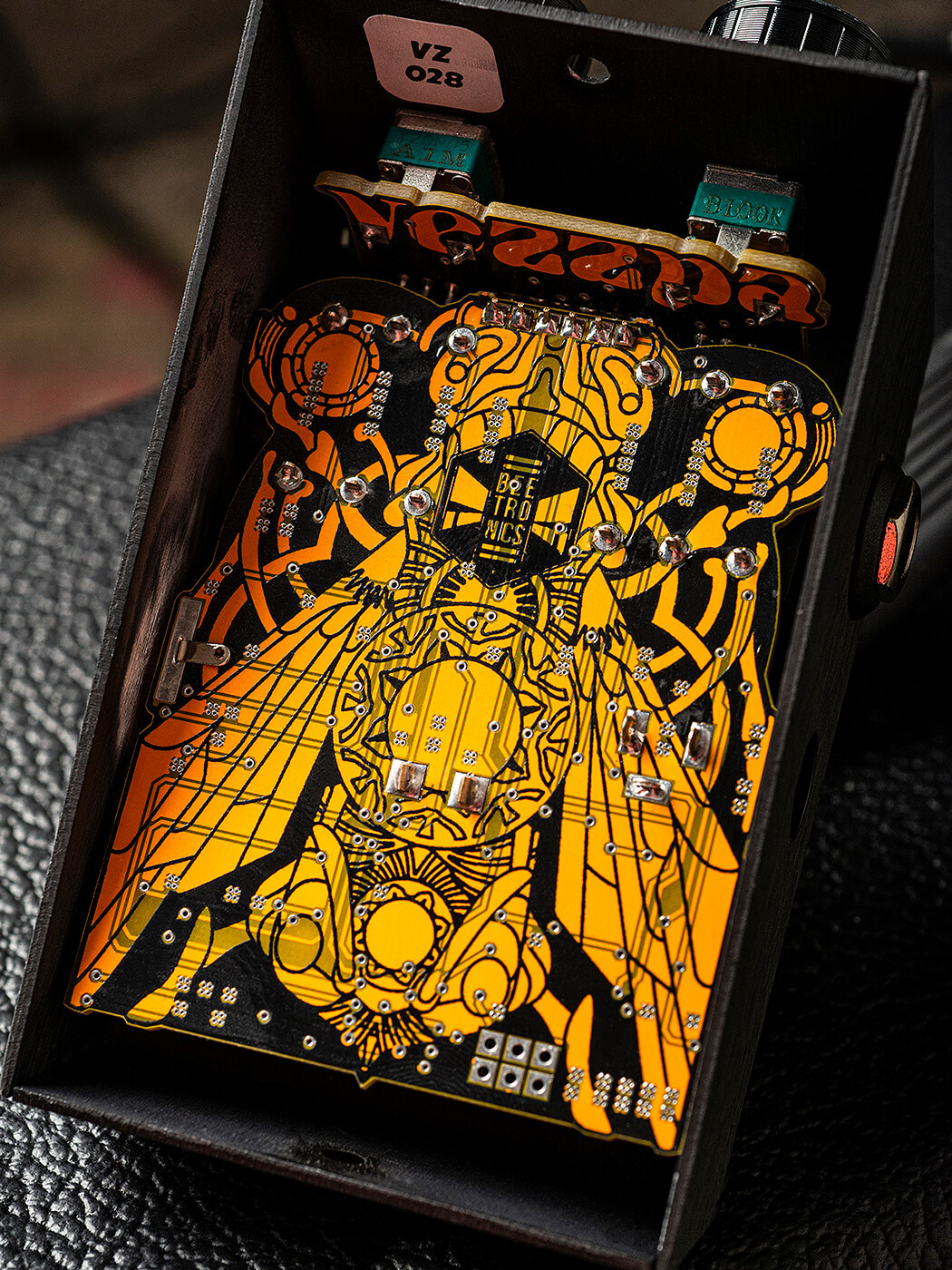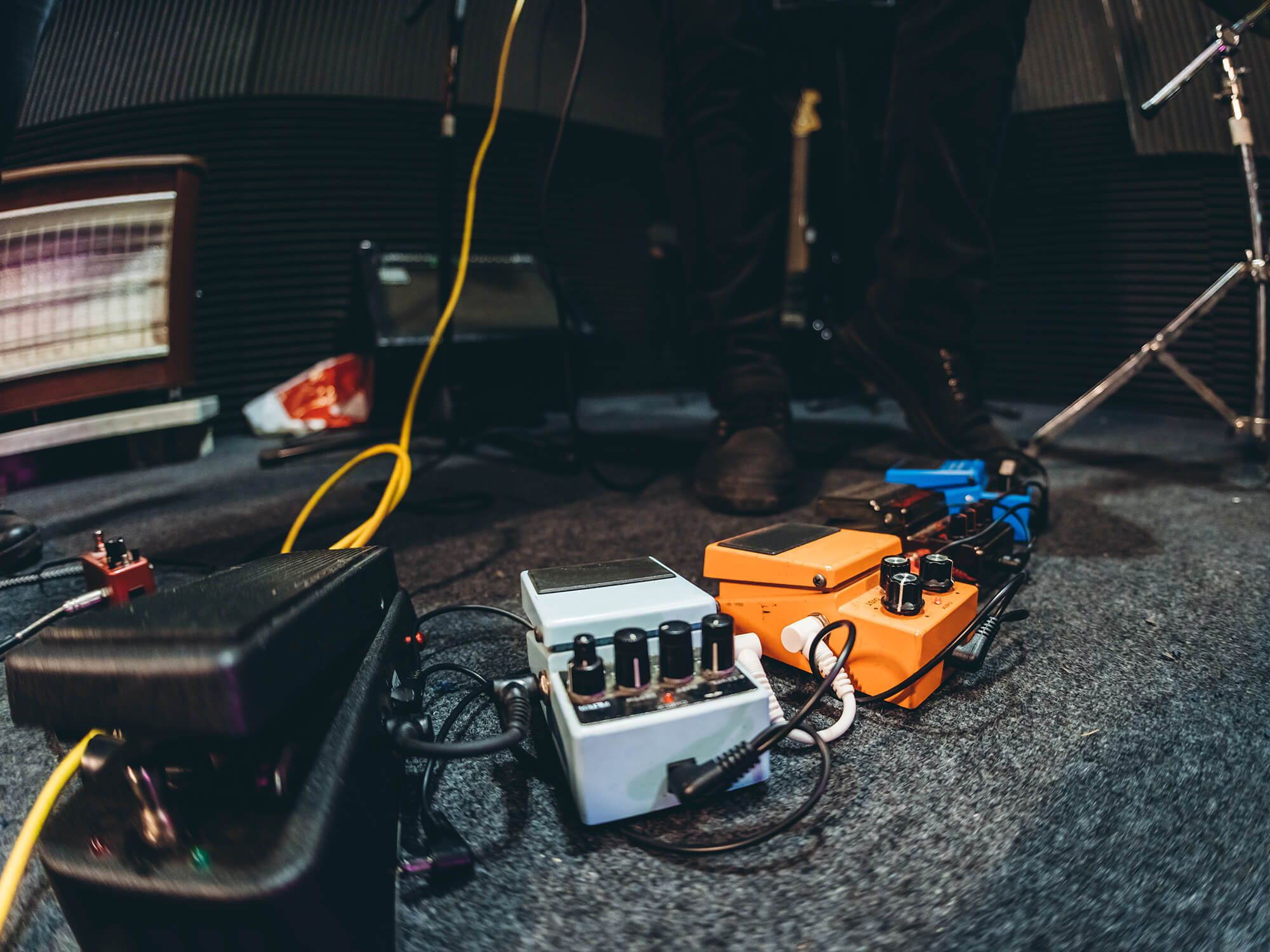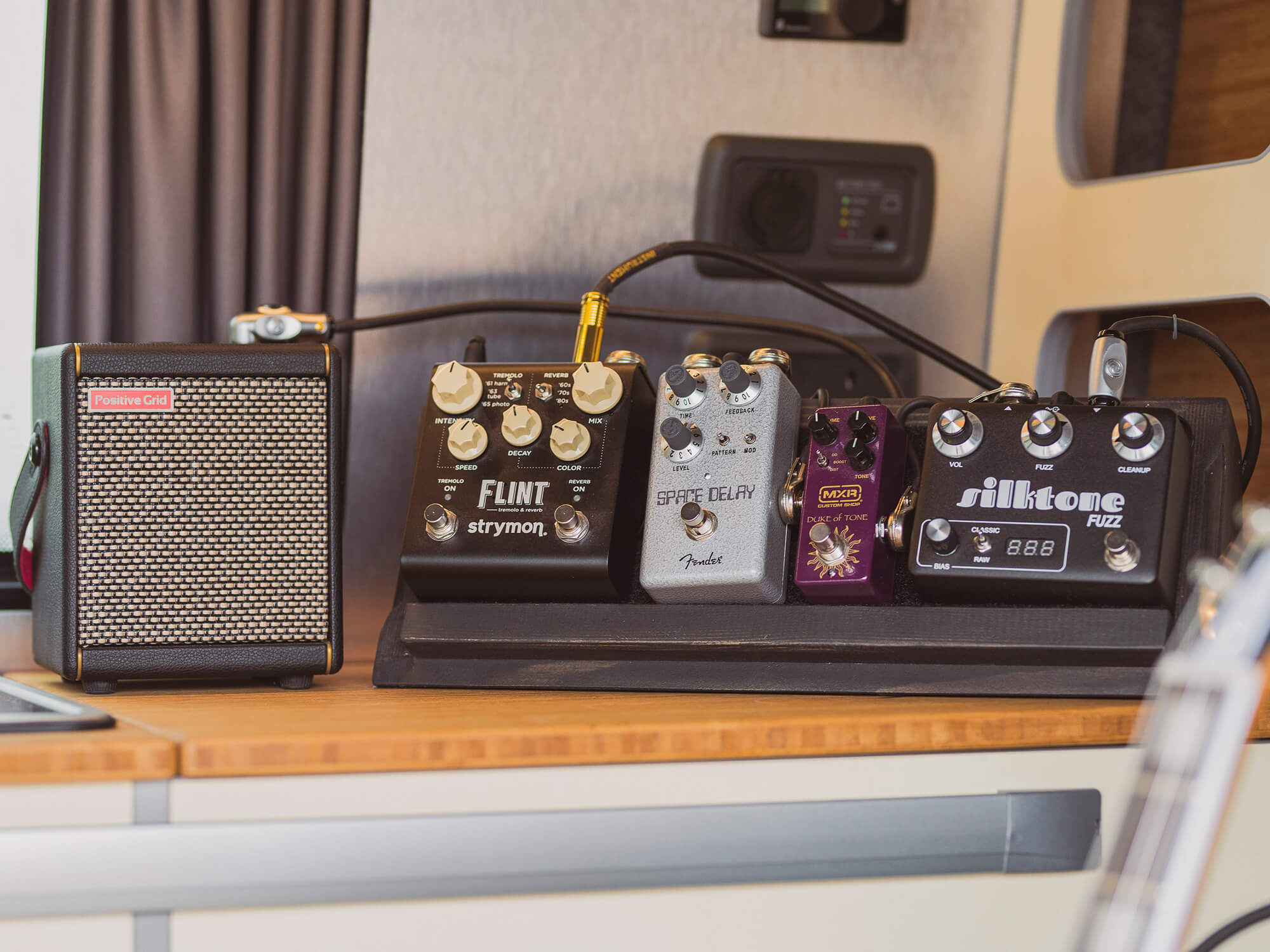Related Tags
Cause & Effects: What does a guitar pedal builder look for when buying a new pedal?
If you’re a guitar pedal builder who can can build most things you want, what is the decision-making process behind buying a new pedal?

I’ve recently attended the Brighton Guitar show (in the UK) as part of the “FX expo” room and it was a fantastic experience, loads of like-minded brands, awesome visitors, and an enthusiastic vibe to the place. All in all, it was a great show and fantastic to see loads of different pedal designers in one place. I walked away with a pedal to add to my collection, and it got me thinking – if you’re a pedal nut who can build most of the things you want yourself, what is it that causes you to actually put down your hard-earned and buy something? And what’s more, how can the things we look for help your looking for the best effects pedals to add to your board?
- READ MORE: The Best Distortion Pedals To Buy In 2023
First off, I believe I am like most people in that I am initially attracted to guitar pedals that look fantastic! I love when a designer has tried to stand out from the crowd and put as much effort into their physical design elements as they have into the electronics side. I also like pedals to have a thread of continuity with regards to design, if you buy one pedal and then another from the same company, it should be easy to distinguish that they are from the same maker.
For the following I confess I am probably a weirdo, but I also like to open a pedal and inspect the build quality, I used to do this before I’d even play a note but sometimes this meant my opinions of the pedal were skewed before I even got the chance to enjoy it. I prefer to look after I’ve heard the pedal now, seems like a fairer way to do things.

Ears like a hawk?
The purpose of a pedal is to produce a sound, be it a great overdrive pedal or a cool modulation sound, the sonic output must be the primary goal. So, I look for the following when I audition a pedal:
Clear sound. By that I mean the effect it produces is 100 per cent discernible without congestion, high noise levels or other weird artefacts that aren’t supposed to be there as part of the design.
What guitar? In most cases I still expect to be able to discern what guitar I’m using through the pedal. This can get hard when the pedal is a crazy experimental noise maker, but in the majority of cases I would be unhappy of the character if the instrument is indistinguishable from any other instrument.
Deep pockets and short arms?
Value for money is high on most people’s list of what’s important when buying a guitar pedal. I chose the term “value” deliberately though because focussing on cost will not yield the same results as focussing on value.
Basically, I believe that you should get the best value pedals for your budget. Buy less pedals of a higher quality versus loads of pedals of a much lower quality. That way your overall guitar tone will be better, and you may end up spending less money in the long run.
What I look for in good value pedals is a sound that seems to punch above its cost in terms of quality. A pedal that makes me smile with how good it sounds and if that contrasts with a seemingly bargainous price then the smile is that much wider. I’ve bought pedals that I’d pay 3x the price for considering the quality they exude.

Excitement?
As a petrolhead I often hear the phrase “If you don’t look back at your car after you park it, then you’ve bought the wrong car.” This of course assumes you care what you drive in the first place, but I think the phrase can be adopted to guitar pedals. “If you aren’t excited to plug your pedal in and use it, then you’ve bought the wrong pedal”. After all, guitar pedals aren’t needed for life so if we buy them, they should excite, inspire, and improve your current pedalboard.
Versatility or ergonomics?
Why not both? look for a pedal to be easy to use and yet provide as many intuitive functions as is possible. Personally, I don’t like deep dive menus, I like to just hammer into the functions and see where the sound lands. Ergonomics is a lost art and making it easy for people to use your pedal can only be a good thing.

What did I buy?
For all the above reasons, I walked away with an Intensive Care Audio “Vena Cava Filter”. For me, it’s the intuitive way you can dial in some fantastic, filtered fuzz sounds easily and quickly that made it so addictive…
This is a fun pedal and paired with a wash of modulation I found myself lost for hours. I may have more than a few pedals in my collection, but NPD still has the same buzz now as it did years ago, long may it continue.
